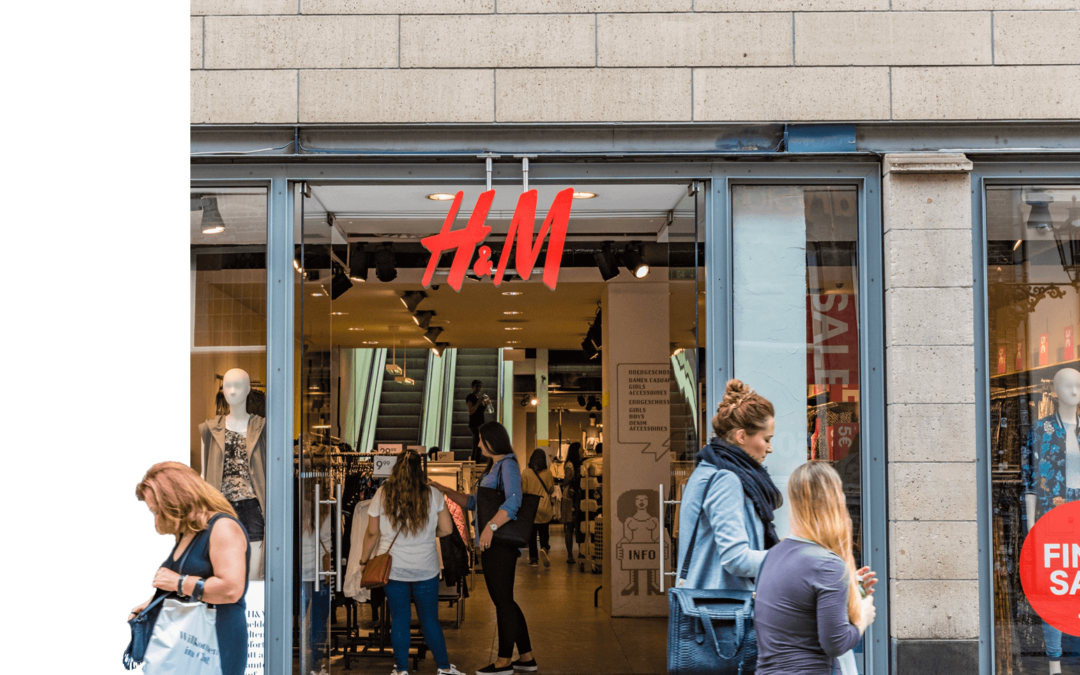
Do you think Nikita from New York and Melissa from Memphis would buy the same kind of clothes or be attracted to the same top? It’s hard to argue that they will.
Yet, H&M and hundreds of other retailers choose to bring the same “new” product line and replicate the same store format, in all outlets across the country.
However, if the Wall Street Journal‘s reports are to be believed, H&M has learned to question this practice. Instead, the retailer will use big data and artificial intelligence (AI) to radically transform how it manages stores in each location to better engage with and entice shoppers.
Previously, the company used to rely on staff to spot trends in fashion. Now, in order to predict trends three to eight months in advance, H&M will be analyzing data from blog posts, search engines, and other sources.
To facilitate the analyses, the retailer has reportedly reeled in 200 internal and external data scientists, analysts, and engineers to. Their job is to use the analytics to review purchasing patterns of every item in each store.
H&M’s dataset seems to be pretty robust. It includes information from 5 billion visits last year to each of its stores and websites, as well as data from external sources. According to the WSJ, the chain’s algorithms take into account any factor that impacts the business, even currency fluctuations.
The retail giant believes that this new approach will help resist competition from e-commerce businesses growing increasingly popular with deal-hungry millennials.
Media reports suggest that H&M is breaking with its one-size-fits-all merchandising approach to its 4,288 stores across the globe by fighting technology with technology. The retailer is using big data and AI to actually “tailor” the product mix in stores to better appeal to its clientele.
However, the company seems to be hedging its bets. Recent investor communication suggests that the company is looking to expand its online offerings too.
In fact, at an investors event earlier this year, representatives said that they expect same-store sales to remain negative because of excess inventory and markdowns, while e-commerce and new brands are expected to grow by 25 percent each. H&M is also scaling back the expansion of physical stores this year and exploring new markets like Uruguay and Ukraine to make sure it’s stakeholders are prepared for all outcomes.
The post Here’s how big data helps H&M better engage with shoppers appeared first on TechHQ.


